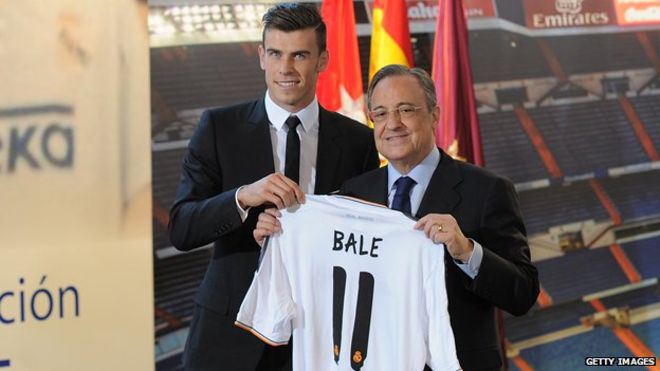[tweet][digg][stumble][Google][pinterest][follow id=”TheEconomy9ja” size=”large” ]
Football is a billion pound sport and the transfer market is a key ingredient to that. The transfer market can be very difficult to understand and comprehend most times, this is because it is embodied with a lot of intrigues, too many people involved and the amount of money moving around.
This article will explain in steps how the transfer market works.
1) How are footballers recruited?
Around the world, the majority of those who will go on to be professional footballers begin their career with a football club by early adolescent, some even earlier. Mario Gotze, scorer of the goal that won Germany the world cup joined Borussia Dortmund at the age of 8. Bigger clubs usually have large fully developed academies (like Barcelona’s famous La Masia), while plenty of smaller clubs operate youth teams at various age groups.
When a player attaches himself to a club, he also enters the transfer market, at least in an informal manner. The list of inter-and intra-national guidelines, regulations and laws that govern the movement of children is complicated and also nobody becomes a professional footballer until the age of 16.
2) Who finds the footballers?
In general 3 kinds of people are in the business of introducing footballers to football clubs.
a) Scouts: The scouts are generally attached to the clubs, and spend a large chunk of their time touring different countries and stadiums, standing in the rain, snow and hail, squinting at a gangling teenager attempting to predict what he might become.
b) Analysts: The analyst also tend to be employed by the clubs, but where the scout looks for information on football pitches, the analyst looks to the numbers.
c) Agents: The agents are usually (but not always) unaffiliated to any club, they represent the interest of individual footballers. The agent is also responsible for the career management of the player, transfer & contract negotiation, public relations, sponsorship & marketing opportunities, disciplinary issues & welfare advice.
3) How do Players move?
In theory, a basic transfer works like this. Club 1 has a player, club 2 wants a player, club 1 and 2 trash out an agreeable price for the player and the transfer happens. The players’ registration is transferred from club 1 to club 2, the player signs the contract and all parties are happy.
In practice, every one of those steps can take days, weeks, months, and even years to finalise and many people haggling away at one another to get the best deal.
4) How the fee is worked out?
There are 2 major ways: One is that many players have a buyout clause in their contracts, which states that any bid of a certain amount must be accepted. Such clauses are compulsory in Spain.
The other way is through the haggling of the price, a figure arrived at after careful consideration of how much money the buying club has, how much money the selling club has, how much time is left on a players contract, whether the player has an obvious replacement, and how important the player is.
There’s also more to the money than just a transfer fee (which is usually broken into a series of payments over a few years). In addition, there are plenty of clauses that can be inserted by various parties, including selling-on fees, where the selling club get a cut of any future transfer, and buy black clauses which allow the selling club on a return, often for a set fee.
Also included can be Trophy/Success bonus. In the summer of 2014, Thomas Vermaleen moved from Arsenal to Barcelona, Arsenal inserted a clause in the transfer stipulating that they will receive additional payments based on Barcelona’s success. Arsenal will receive £3million after Barcelona won the UEFA champions league as a result of that clause.
5) How the player wages is worked out?
Footballers’ wages are dictated by the market. Football, like any other industry, conforms to supply and demand. The football industry is a multimillion-pound industry worldwide, so the purveyors of that industry should reap the benefits.
The agent and the buying club do the haggling over the amount to be paid. Several factors influence the amount of wages a player asks for, such factors include the level of skill of the said player, the owner of the buying club and how rich he is, the status of the club, the city the club is located in amongst other factors.
There have long been rumors that certain players of a certain standing and a certain … let’s say self-regard have it written into their contracts that nobody at the club is allowed to earn more than them.
6) Why the transfer news does generates so much buzz?
Agents plant stories to help their clients get new contracts; clubs leak information (and misinformation) to journalists; sources. Most people profess to hate the nonsense, yet everybody consumes it.
[divider]



